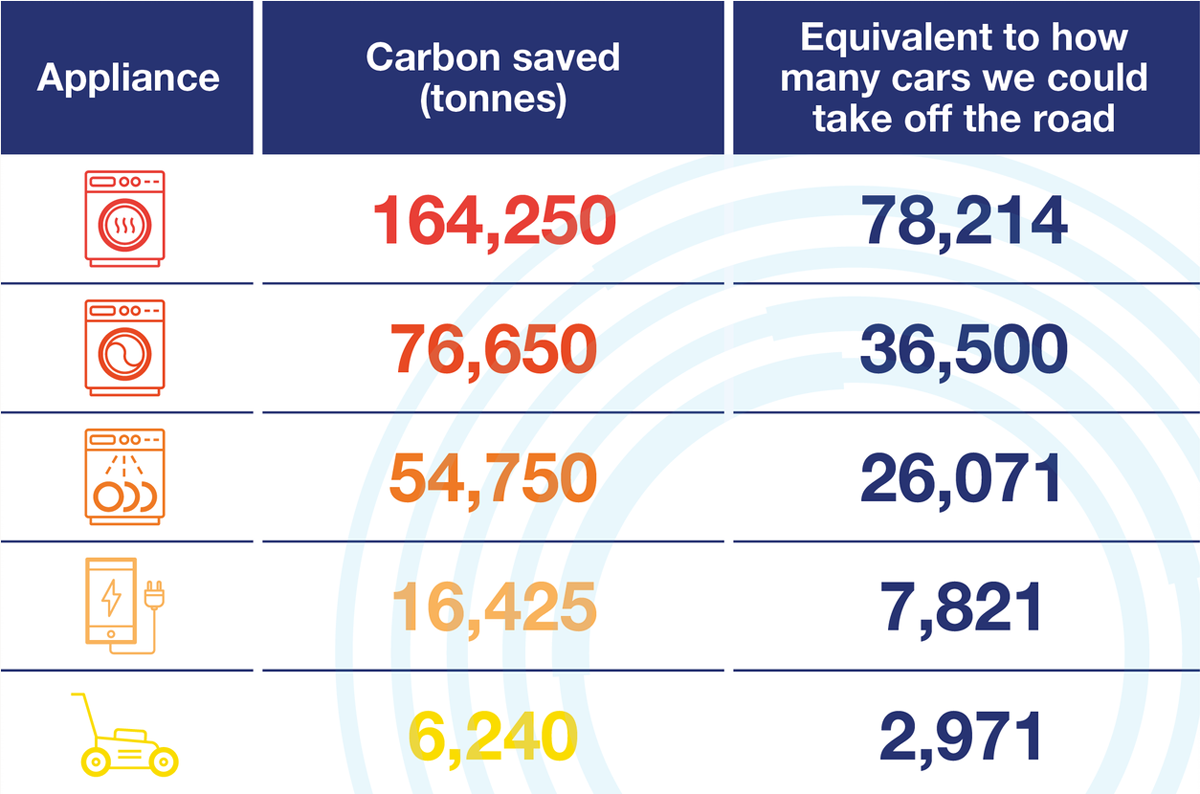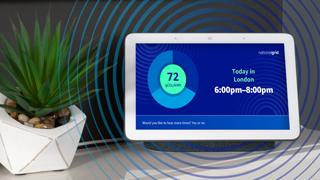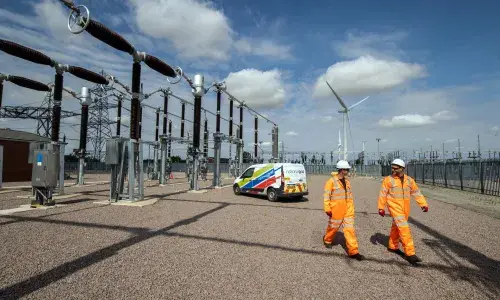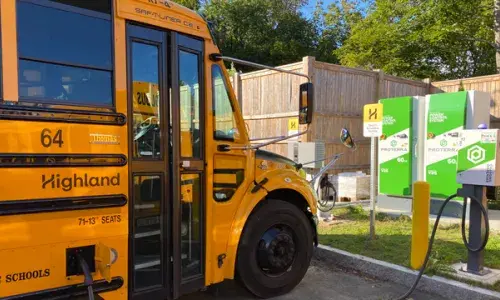
How can I reduce my carbon footprint at home?
If you’re keen to reduce your carbon footprint, you’re probably aware that reducing your electricity consumption at home is one of the steps you can take. But, with our everyday lives relying so heavily on appliances, this is often easier said than done. So what if it was now possible to know when the electricity we do use is causing less carbon emissions?
More of our energy now comes from renewable and low-carbon sources than ever before but, to really make the most of it, we need to be smarter about when we’re using electricity.
Why does using electricity affect my carbon footprint?
Many people aren’t aware that the electricity is ‘cleaner’ – meaning it emits less carbon – at certain times of the day. This is all down to carbon intensity – a measure of how much carbon dioxide (CO2) emissions are produced per kilowatt hour of electricity consumed. The lower the carbon intensity figure, the cleaner the electricity is. And when the carbon intensity is very low it suggests that renewable energy and/or nuclear energy is playing a bigger part in the electricity flowing into your home.
…using electricity at times when the carbon intensity is low could help reduce our individual carbon footprints and therefore have a collective impact on the UK’s carbon emissions…
So, using electricity at times when the carbon intensity is low could help reduce our individual carbon footprints and therefore have a collective impact on the UK’s carbon emissions, which is great news for the UK’s journey to net zero.
How much of my carbon emissions can be saved by using electricity at the right times?
When you think about all the electrical appliances we switch on every day, it’s easy to see that making small changes at home can make a big difference in tackling climate change – as well as lowering your own carbon footprint and potentially even your electricity bills.
Here’s just how many tonnes of carbon could be saved if one million of us plugged in the most common household appliances when their electricity was cleanest*:

How can I know when cleaner, greener electricity is powering my home?
There are now ways to find out when the carbon intensity in your area is very low, showing you when renewable and/or nuclear energy will play a bigger part in the electricity flowing into your home.
National Grid’s digital voice assistant skill and the free WhenToPlugIn app will tell you in advance when that’s going to happen, so you can make sure you’re plugging in at the best times for our planet.
1. WhenToPlugIn mobile app: know the best times to plug inImage

The WhenToPlugIn app forecasts the times of low carbon intensity in your region, so you can plan your electricity use for the ‘greenest’ times of day and save those energy intensive tasks for when they’ll have the least impact on the environment.
|
2. Ask your Amazon Alexa or Google Assistant for the best times to use your electricalsImage

With the National Grid digital voice assistant skill, your voice assistant will let you know when the electricity in your area will be cleanest over the next 48 hours, so you can make the most of those times when carbon intensity is low.
|
Discover the hows, whats and whys of your electricity sources
By using the app, or instructing your Alexa or Google Home to ‘Ask National Grid when to plug in’, you can quickly discover the times when low carbon intensity is forecast in your region.
But they will also give you real-time information on how that power is being generated, as well as fascinating facts about the UK’s journey to net zero carbon – like how our interconnectors are bringing more low-carbon energy sources onto the grid – and alerts when new energy records are broken.
Our COP26 Director Duncan Burt said: “70% of people believe individual efforts can make a difference in the fight against climate change, but they’re not always sure how to play their part. We want to make it as easy as possible for people to ask Alexa or check on their app to find out when their homes are powered by renewable energy.”
* Calculated impact if moving to the lowest emission hours and reduced emissions by 100g/kWh CO2.


